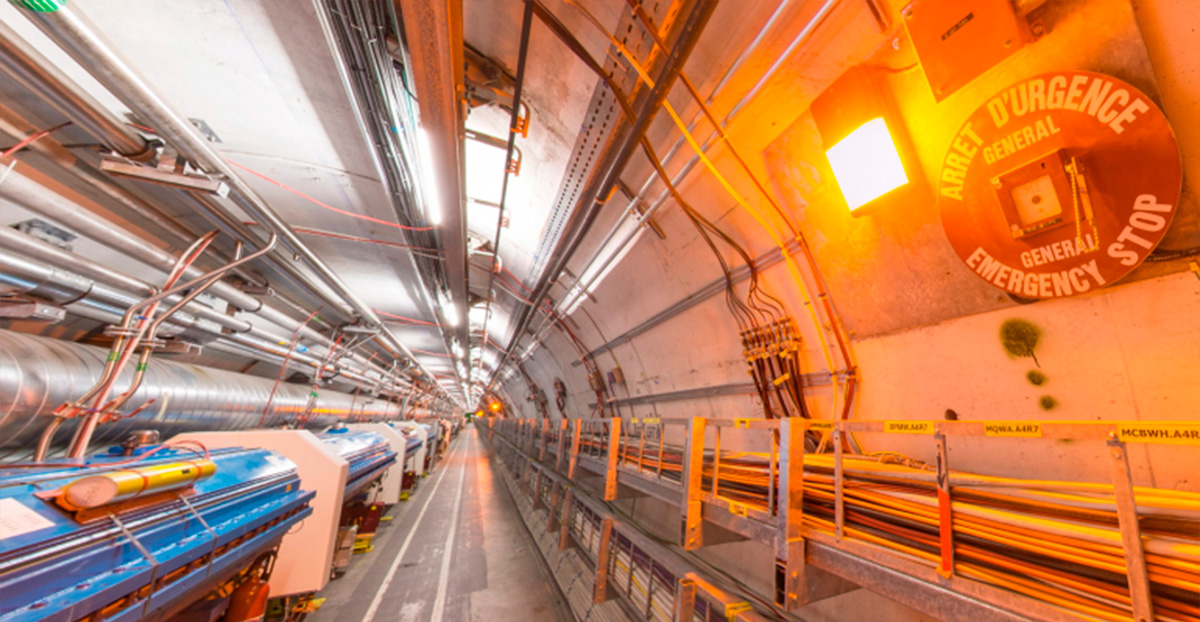Moving From a Cave to the Surface

Niko Neufeld, deputy project leader at CERN
The new data center for CERN’s Large Hadron Collider experiment becomes fully operational (expected toward the end of the year).
The current data center sits underground, 300 feet below surface. The new data center is much larger: 32,500-square foot, 3MW and it will sit on the surface and requires a fiber optic connection.
For cost and schedule reasons, Neufield’s team decided to use a prefabricated data center. It’s built out of six modules, each module housing a row of IT racks and supplying 500kW of cooling capacity using indirect free air cooling with adiabatic assist. He expects the modular design to help keep the data center’s operational cost to a minimum across the board. Cooling the modules, for example, is more efficient because there’s no extra space to fill with cool air.
Its free-cooling system will only require the adiabatic water cooling assist about 20-30 days per year. This will be enough to keep the data center’s power usage effectiveness (PUE) to 1.1, which means that more than 90 percent of the power being consumed by the facility will be driving IT, he said.
